As you know, menopause brings about many changes in the body. It can cause joint pain, including chronic back pain, in addition to hot flashes and mood swings. Many people over 40 complain of back pain. But it's an often-overlooked menopause symptom that we don’t usually connect with the hormonal changes that happen during menopause.
We know that estrogen plays a role in maintaining bone density and supporting the health of tissues surrounding the spine. As levels of estrogen decrease, it can increase the likelihood of experiencing chronic back pain. Many studies around the world show that 34% to 83% of people going through perimenopause or menopause have lower back pain.
Regardless of the percentage, most studies showed an increase in back pain during perimenopause. Some studies have also shown that those with an increased number of symptoms are more likely to have back pain associated with menopause.
Can menopause cause back pain?
The link between menopause and chronic back pain is complex and has many factors. There are several changes in the body that occur because of hormonal changes that can contribute to chronic back pain.
Changes to musculoskeletal system
Hormonal changes can have a direct impact on the musculoskeletal system, which could lead to chronic back pain. Estrogen helps maintain the integrity and strength of the bones in the spine. As estrogen levels decline, bone loss can occur, resulting in conditions such as osteoporosis. These conditions weaken the spine, making it more susceptible to chronic pain, stiffness, and discomfort.
Disks in your spine can break down because of a loss of estrogen. These disks are like rubbery cushions between the vertebrae. They prevent the bones from rubbing together and causing pain.
Changes to body fat distribution
During menopause, changes in hormones can affect where body fat is stored. Many people experience weight gain, particularly around their middle, during perimenopause/menopause. There's an association between higher body mass index (BMI) and increased back pain.
If you now carry weight in different parts of your body than you're used to, it can change your posture. This can put more strain on your lower back. This change in body composition can make existing back pain worse or contribute to new pain symptoms.
Changes to muscles and joints
Menopause can also affect the muscles and joints, further contributing to chronic back pain. When estrogen levels drop, muscle mass can decrease. This can weaken the core muscles that support the spine. Weak muscles can affect how the spine is aligned, causing strain and tension in the back muscles.
Estrogen helps keep joints flexible and lubricated. This reduces friction and helps them move smoothly. When estrogen levels decrease, joints may become stiffer, less flexible, and more likely to get inflamed. All of these can make chronic back pain worse.

How can I manage menopause back pain?
There are several strategies to effectively manage menopause-related chronic back pain. As always, talk to your doctor if you have any questions or concerns.
Exercise and strength training
Regular physical activity can help increase bone density in the spine. Especially important are aerobic, strength, and balance exercises. Increased exercise can also be helpful in weight management, which can contribute to low back pain.
Some people may find it helpful to see a physical therapist or exercise specialist who can help personalize exercise programs targeting improving back pain. Exercises that help strengthen the pelvic floor and abdominal muscles can also help stabilize the lower spine. Exercise routines that include lots of stretching and muscle-strengthening activities can be helpful for chronic low back pain.
Those in pain often avoid extra movement, worried that it can worsen their pain. However, exercise is important for managing pain. It can help you feel better, even though it may be hard to start.
Work towards and maintain a healthy weight
Excess weight gain can put additional strain on your back. A balanced diet and engaging in regular exercise can help you work towards a healthy weight. Talk to your doctor about what that might look like for you.
Nutrition
Entering postmenopause with a healthy level of vitamin D may help future back pain. In a study of 60–85-year-olds, they found that those with a vitamin D deficiency reported more back pain, more severe back pain, and more fractures. You can talk to your doctor about your vitamin D levels and whether changes to your diet or supplements may help. Fish like rainbow trout, salmon, and tuna have a lot of vitamin D. So do mushrooms, soy and almond drinks, milk, and yogurt.
Proper body mechanics
Practicing good body mechanics can help prevent back pain. Body mechanics refers to how we hold our bodies when we sit, stand, lift, carry, bend, and sleep. Some things to remember are lifting heavy objects correctly, keeping our backs straight, and not sitting or standing for too long.
Pain management techniques
There are many ways to help manage the pain you may be feeling. You might consider heat or cold therapy. Or you may find some relief with over-the-counter pain relievers (like acetaminophen or nonsteroidal anti-inflammatory drugs (NSAIDs)). Some people also find temporary relief from complementary therapies like massage or acupuncture.
Menopause hormone therapy (MHT)
In certain cases, your doctor may consider prescribing MHT to help ease menopause symptoms, including back pain. MHT has been shown to help with menopause-associated osteoarthritis, but the evidence is mixed on whether it can help with back pain.
Menopause is a transformative phase of life that can bring about various changes, including chronic back pain. Understanding the hormonal and physical changes involved can help you prevent and manage that pain.
FAQs
Can menopause cause back pain and changes in bone mineral density?
Yes, menopause can lead to back pain due to hormonal changes that reduce bone mineral density, increasing the risk of osteoporosis and spinal discomfort. Maintaining a healthy lifestyle and consulting a healthcare provider can help manage these symptoms.
How does the menstrual cycle relate to back pain during menopause?
During the transition into menopause, irregularities in the menstrual cycle can coincide with fluctuating hormone levels, which may contribute to back pain and joint stiffness. These symptoms often lessen after menopause but can be managed with exercise, posture support, and medical guidance.
What are natural ways to relieve back pain during menopause?
To relieve menopause-related back pain, try low-impact exercises, stretching, and core strengthening. These activities support bone mineral density and reduces inflammation. Maintaining good posture and using ergonomic support can also help ease discomfort.
References
Barnabei, V.M., Cochrane, B.B., Aragaki, A.K., Nygaard, I., Williams, R.S., McGovern, P.G., Young, R.L., Wells, E.C., O'Sullivan, M.J., Chen, B., Schenken, R., & Johnson, S.R.; Women's Health Initiative Investigators. (2005). Menopausal symptoms and treatment-related effects of estrogen and progestin in the Women's Health Initiative. Obstet Gynecol, 105(5 Pt 1): 1063-73. doi: 10.1097/01.AOG.0000158120.47542.18
Casper, R. Clinical manifestations and diagnosis of menopause. UpToDate. Accessed 9/10/23 from https://www.uptodate.com/contents/clinical-manifestations-and-diagnosis-of-menopause
Chlebowski, R.T., Cirillo, D.J., Eaton, C.B., Stefanick, M.L., Pettinger, M., Carbone, L.D., Johnson, K.C., Simon, M.S., Woods, N.F., & Wactawski-Wende, J. (2013). Estrogen alone and joint symptoms in the Women's Health Initiative randomized trial. Menopause, 20(6):600-8. doi: 10.1097/GME.0b013e31828392c4.
Enthoven, W.T.M., Roelofs, P.D.D.M., Deyo, R.A., van Tulder, M.W., & Koes, B.W. (2016). Non-steroidal anti-inflammatory drugs for chronic low back pain. Cochrane Database of Systematic Reviews, 2(2): CD012087. doi: 10.1002/14651858.CD012087.
de Silva, A.V.d.S., Lacativa, P.G.S., Russo, L.A.T., de Gregorio, L.H., Pinheiro, R.A.C., & Marinheiro, L.P.F. (2013). Association of back pain with hypovitaminosis D in postmenopausal women with low bone mass. BMC Musculoskelet Disord, 14: 184. https://doi.org/10.1186/1471-2474-14-184
Kozinoga, M., Majchrzycki, M., & Piotrowska, S. (2015). Low back pain in women before and after menopause. Menopause Review, 14(3): 203-207. doi: 10.5114/pm.2015.54347
Lou, C., Chen, H., Mei, L., Yu, W., Zhu, K., Liu, F., Chen, Z., Xiang, G., Chen, M., Weng, Q., & He, D. (2017). Association between menopause and lumbar disc degeneration: An MRI study of 1,566 women and 1,382 men. Menopause, 24(10): 1136-1144. doi: 10.1097/GME.0000000000000902.
Mahajan, A., Patni, R., & Verma, S. (2019). Low back pain and menopause. Journal of Mid-Life Health, 10(4): 163-164. doi: 10.4103/jmh.JMH_176_19
National Center for Complementary and Integrative Health. (2022). Acupuncture: What you need to know. Accessed 5/22/23 from https://www.nccih.nih.gov/health/acupuncture-what-you-need-to-know
Pang, H., Chen, S., Klyne, D.M. et al. (2023). Low back pain and osteoarthritis pain: a perspective of estrogen. Bone Res 11, 42. https://doi.org/10.1038/s41413-023-00280-x

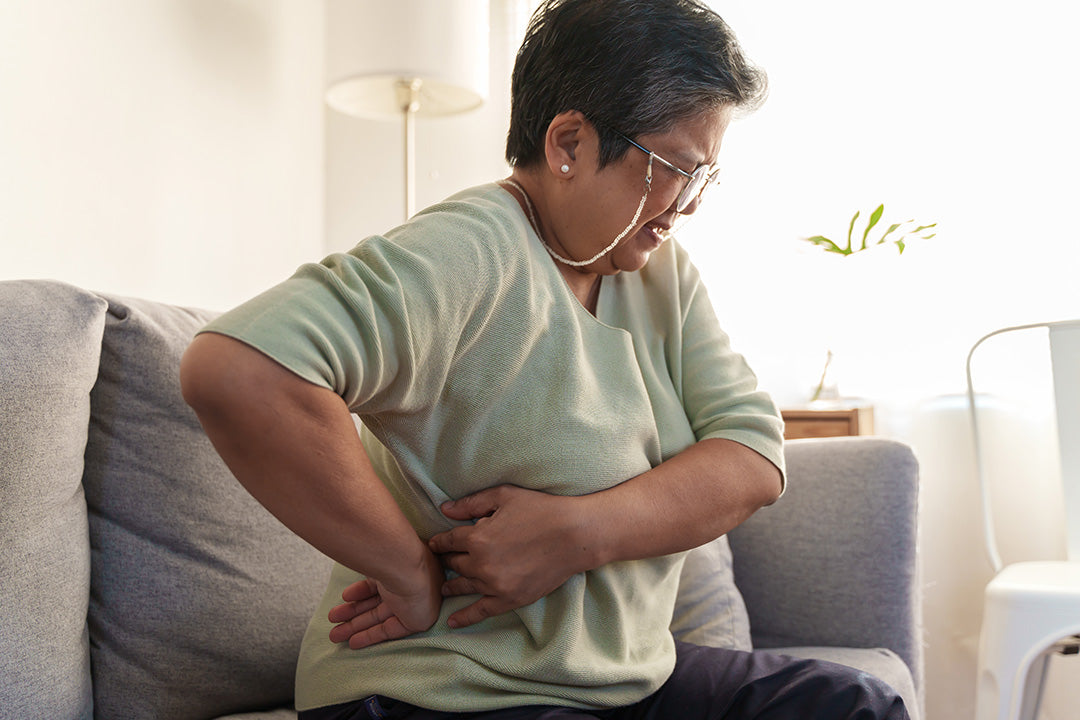
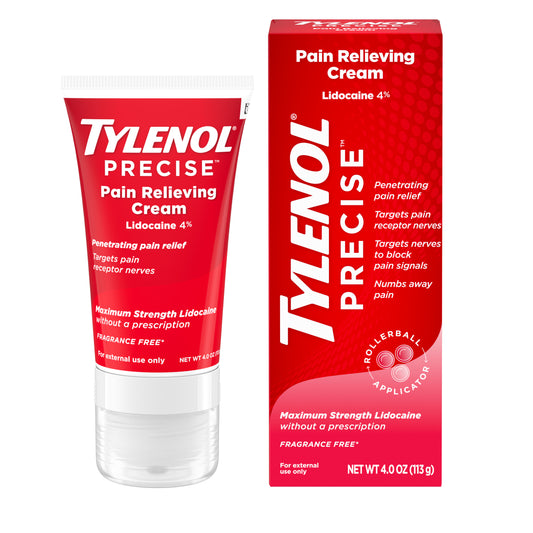
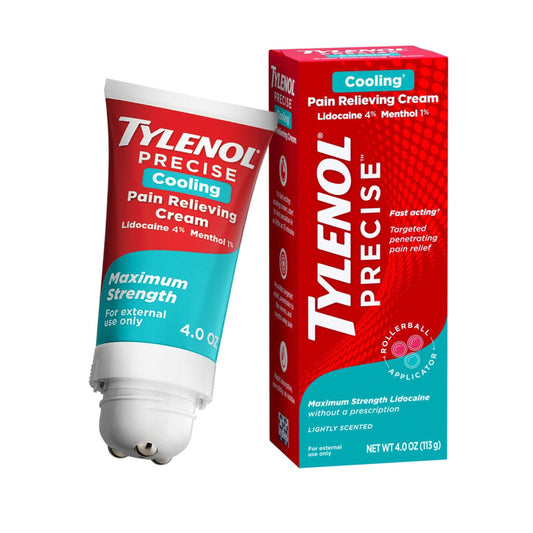
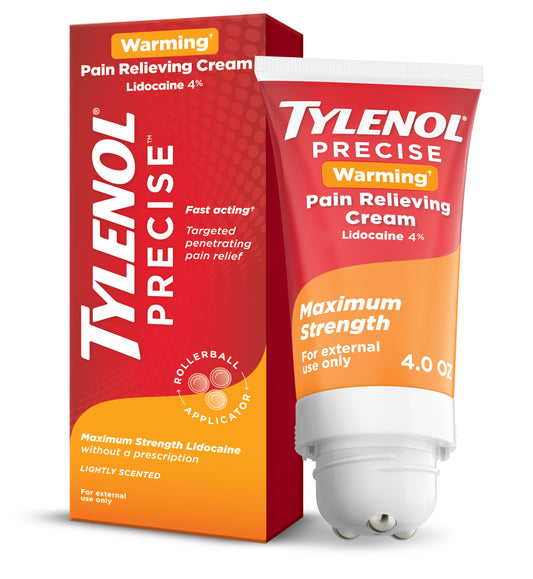
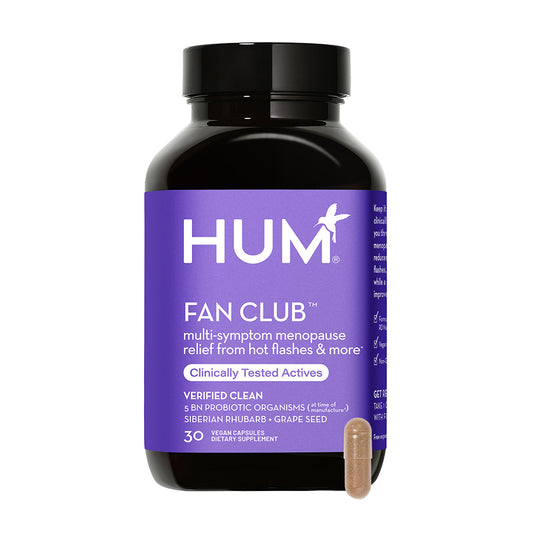
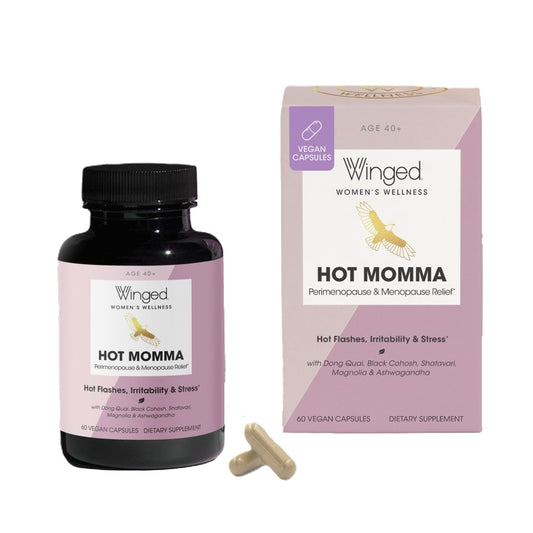
1 comment
Very informative. Am going through menaupose. Am experiencing back pain. It usually comes when I stop my exercise routine